Introduction
Cooking onions is a fundamental skill in the culinary arts, as they serve as a base for numerous dishes, adding flavor, texture, and nutritional value. However, one common challenge faced by home cooks and professional chefs alike is preventing onions from turning black during the cooking process. This discoloration can detract from the aesthetic appeal of your dish and, in some cases, alter its flavor profile. In this comprehensive guide, we will explore the science behind why onions turn black, various techniques to prevent it, and practical tips for achieving perfectly cooked, golden-brown onions.
Understanding the Science Behind Onion Discoloration
Before diving into the methods to prevent onions from turning black, it’s crucial to understand the underlying chemical reactions that cause this discoloration. Onions contain natural sugars, amino acids, and enzymes that, when exposed to heat and specific cooking conditions, can undergo a series of reactions known collectively as the Maillard reaction.
The Maillard reaction occurs when amino acids and reducing sugars react at high temperatures, forming complex compounds that give browned foods their characteristic aroma, flavor, and color. While this reaction is desirable in many cooking scenarios, such as when caramelizing onions, it can also lead to unwanted darkening if not managed properly.
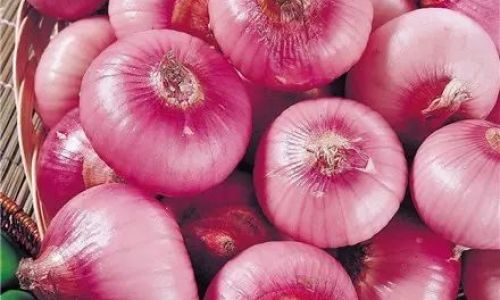
In addition to the Maillard reaction, onions can also undergo enzymatic browning, a process triggered by the enzyme polyphenol oxidase. When onions are injured or cut, this enzyme reacts with phenolic compounds present in the onion, producing brown pigments. This reaction is often seen in freshly cut onions left exposed to air for too long.
Techniques to Prevent Onions from Turning Black
To cook onions without them turning black, you need to employ a combination of strategies that address both the Maillard reaction and enzymatic browning. Here are some effective techniques:
-
Choosing the Right Onion Variety
Different onion varieties have varying sugar contents and compositions, which can affect their susceptibility to browning. For instance, sweet onions like Vidalia or Walla Walla tend to have higher sugar levels and may brown more quickly than pungent onions like red or yellow onions. When aiming for a golden-brown color without over-browning, select onions with a balance of sugars and acids that suit your cooking needs.
-
Proper Knife Technique
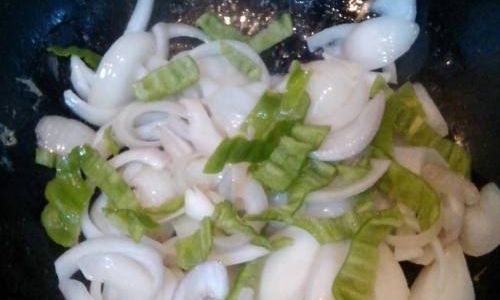
The way you cut onions can influence their tendency to brown. Using a sharp knife ensures clean cuts that minimize cell damage, reducing the release of enzymes that cause enzymatic browning. Additionally, uniform slicing ensures even cooking, preventing some pieces from overcooking while others remain raw.
-
Soaking in Acidulated Water
Soaking sliced onions in water acidulated with lemon juice, vinegar, or even a pinch of salt can help prevent enzymatic browning. The acidity of the solution neutralizes the polyphenol oxidase enzyme, slowing down the browning process. However, be mindful that soaking can also leach out some flavor and nutrients, so this method is best used for onions that will be cooked immediately afterward.
-
Blanching
Blanching onions involves briefly immersing them in boiling water and then plunging them into ice water. This process stops the enzymatic activity that causes browning and sets the color. Blanching also helps to soften the onions slightly, making them more susceptible to even caramelization during cooking. However, it’s essential to cook the blanched onions promptly to avoid any loss of texture.
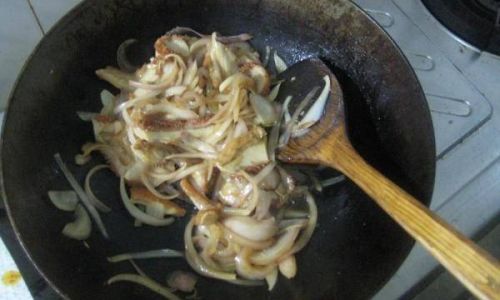
-
Controlling Cooking Temperature
Temperature control is key to achieving perfectly cooked onions. Cooking onions over too high heat can accelerate the Maillard reaction, leading to rapid browning and potential burning. Conversely, too low heat may result in slow cooking that draws out too much moisture, making the onions soggy. The ideal approach is to start cooking onions on medium-high heat to initiate the browning process, then reduce the heat to medium-low once they start to turn golden brown. This allows for even caramelization without overcooking.
-
Using Fat Wisely
Adding fat, such as butter, olive oil, or clarified butter (ghee), not only enhances the flavor of the onions but also helps to distribute heat more evenly, preventing hot spots that can cause localized browning. The fat acts as a buffer, protecting the onions from direct intense heat. Be generous with the fat but avoid overcrowding the pan, as this can lower the cooking temperature and steam the onions rather than caramelize them.
-
Stirring Frequently
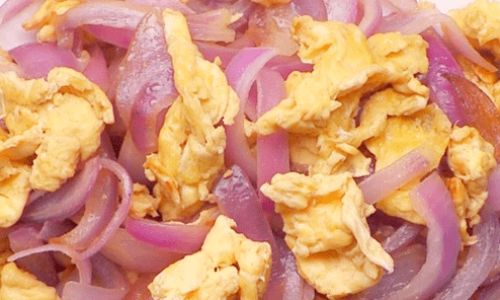
Regular stirring ensures that all parts of the onions are exposed to heat uniformly, preventing some areas from overcooking while others remain undercooked. Stirring also helps to scrape up any bits stuck to the bottom of the pan, which can add flavor to the dish but also prevent burning. Use a spatula or wooden spoon that can gently toss the onions without breaking them apart excessively.
-
Adding a Splash of Liquid
If the onions start to look too dark or stick to the pan, a splash of liquid—such as water, broth, or even a bit more fat—can help to deglaze the pan and lower the cooking temperature momentarily. This can prevent further browning and allow you to redistribute the onions more evenly in the pan. Be cautious with the amount of liquid added, as too much can turn the dish into a stew rather than a sauté.
-
Using a Non-Reactive Pan
The material of your cooking pan can also play a role in onion browning. Stainless steel, cast iron, and enameled cast iron are all good choices for caramelizing onions because they heat evenly and retain heat well. Aluminum and copper pans, while excellent conductors of heat, can react with acidic components in the onions, potentially affecting both color and flavor. Non-stick pans, while convenient, may not provide the same level of caramelization due to their smooth surface.
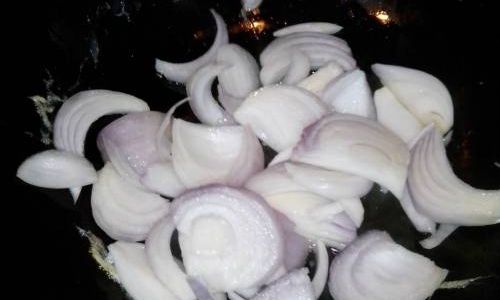
-
Monitoring Cooking Progress
Lastly, patience and vigilance are crucial. Keep a close eye on the onions, adjusting the heat and stirring as needed. The cooking process should be gradual, allowing the natural sugars in the onions to caramelize slowly and evenly. Remember, the goal is to achieve a deep golden-brown color, not a burnt black hue.
Practical Tips for Perfectly Cooked Onions
- Preheat Your Pan: Always preheat your pan before adding the fat and onions. This ensures that the heat is evenly distributed from the start.
- Use a Heavy-Bottomed Pan: A heavy-bottomed pan retains heat better, providing a more consistent cooking environment.
- Season Early: Add salt and other seasonings early in the cooking process. Salt draws out moisture but also enhances flavor as the onions cook.
- Deglaze and Reduce: If you deglaze the pan with liquid, allow the liquid to cook off and reduce, concentrating flavors and adding depth to your onions.
- Experiment with Different Techniques: Try different methods and combinations of techniques to see which works best for your specific recipe and cooking style.
Conclusion
Cooking onions without them turning black is an art that requires a combination of scientific understanding and culinary skill. By selecting the right onion variety, using proper knife techniques, controlling cooking temperature, and employing strategies like soaking, blanching, and stirring frequently, you can achieve beautifully caramelized onions that enhance the taste and presentation of your dishes. Remember, the key to success is patience, attention to detail, and a willingness to experiment. Happy cooking!
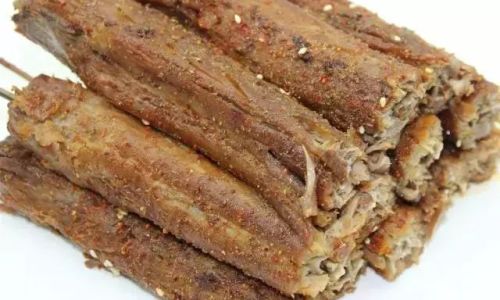
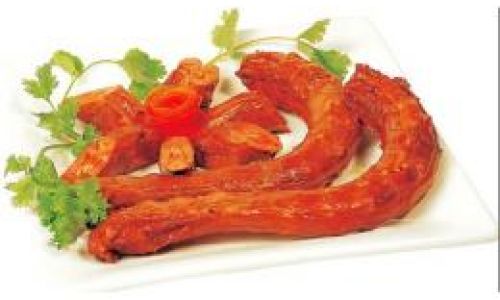
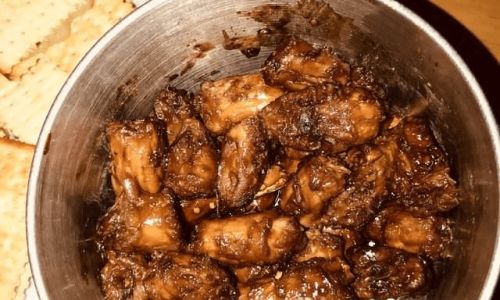


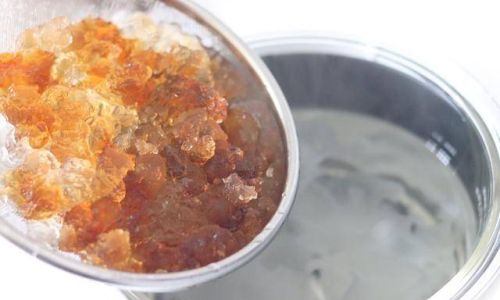
0 comments